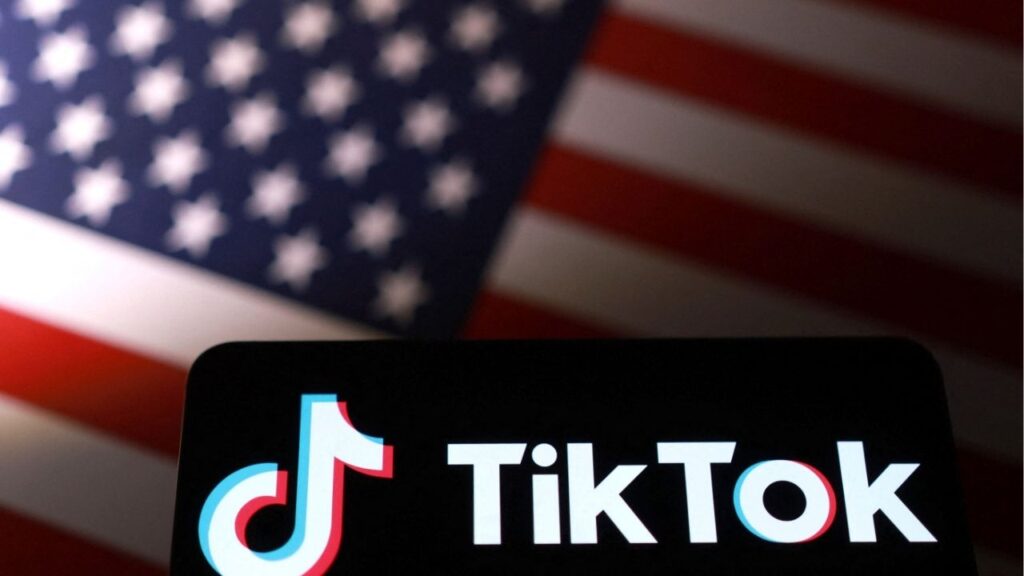In parched Arizona, the Gila River Tribe wields political power through water rights, shaping the future of the Colorado River. (Shutterstock)

- Governor Stephen Roe Lewis navigates a water crisis, leveraging the tribe's abundance to influence high-stakes decisions in the West.
- The tribe's water deals net millions, break stalemates, and secure funding to prop up water levels at Lake Mead amid historic lows.
- With a focus on water conservation and economic growth, the tribe aims to expand farming operations and pioneer clean energy initiatives.
Share
|
Getting your Trinity Audio player ready...
|
SACATON, Arizona — Stephen Roe Lewis grew up seeing stacks of legal briefs at the dinner table — often, about his tribe’s water.
His father, the late Rodney Lewis, was general counsel for the Gila River Indian Community and fought for the tribe’s rights to water in the Southwest, eventually securing in 2004 the largest Native American water settlement in U.S. history.
Years later, Stephen would become governor of the tribe, whose reservation is about a half-hour south of downtown Phoenix. Amid his tenure, he’s been pivotal in navigating a water crisis across the seven-state Colorado River basin caused by existential drought made worse by climate change and decades of Western states overdrawing from the river.
Related Story: Solar Panel Cover Aims to Cut Water Loss from Arizona Canals. The Idea Came ...
Leveraging Water Abundance for Political Influence
Lewis, 56, has leveraged the Gila River tribe’s water abundance to help Arizona, making his tribe a power player in the parched region. His fingerprints are on many recent, high-stakes decisions made in the West about the future of the river that supports 40 million people, and the tribe’s influence is only growing.
“You never choose your path,” he said, “but it was laid out for me through my parents.”
Breakthroughs at Pivotal Moments
The tribe, with about 15,000 members living on its reservation, is one of two in Arizona each with rights to more than 650,00 acre-feet (801 million cubic meters) of water from the Colorado and other sources. (The other is the Colorado River Indian Tribes.) An acre-foot is enough water to serve roughly two to three U.S. households in a year. On average, tribal households use significantly less.
Related Story: Lou Conter, Last Survivor of USS Arizona from Pearl Harbor Attack, Dies at 102
For years, the Gila River tribe has made a business of banking the water it gets from the Colorado River and leasing some of it to cities in Arizona in exchange for money. One such deal reached in 2016 with the fast-growing Phoenix suburb of Chandler netted $46 million for the tribe.
In 2019, it broke a stalemate when Arizona was the last Western state in the seven-state basin to sign onto a water-saving plan. The tribe offered to sell nearly 830,000 acre-feet (1 billion) of water over 25 years to a major supplier of water for new homebuilding in central Arizona, after the industry had opposed Arizona joining over concerns it would face water shortages in one of the fastest-growing real estate markets in the country.
In 2023, the tribe reached a deal for $150 million with the U.S. government to help prop up water levels at Lake Mead, the reservoir behind Hoover Dam on the Nevada/Arizona border. The dam stores Colorado River water for Arizona, California, Nevada and northern Mexico. Lake Mead had fallen to historic lows, and the Gila River tribe agreed to conserve 125,000 acre-feet of water (154 million cubic meters) each year at the man-made reservoir.
Tribal Politics and Infrastructure
Lewis has known tribal politics his entire life.
“Where my father fought for our water rights, I see my role now as implementing the settlement,” Lewis said.
He described a childhood in Sacaton, Arizona, during which he would run into previous governors of the tribe, “giants, larger than life.”
In describing his job, Lewis often looks to the past. He said he wants younger generations of the tribe to have the same respect for water and natural resources as he was taught growing up. At the same time, he’s led it to try pioneering water conservation practices — such as covering canals with solar panels that would reduce water evaporation while producing renewable electricity.
With funding from the Biden administration, the Gila River tribe is working on a pilot program to generate 1.3 megawatts of clean energy providing 2.3 million kilowatt-hours of annual electricity from solar panels on top of canals, with an eventual goal of covering 18.5 miles (29.7 kilometers) of canals.
“We can look at ways to conserve water in a very modern context,” Lewis said, “but keeping in line with our cultural traditions.”
Related Story: Missing 4-Year-Old Found Safe But Tired and Hungry at Huntington Lake
Rerouting a River
These fortunes are recent. Starting in the 1800s, state and local governments stripped the Gila River tribe of water that it had depended on for millennia by damming the once free-flowing Gila River. The river was put behind concrete or earthen dams, and the water was allocated for non-Native farmers and cities.
It was only in 2004 that the tribe regained its rights with the water settlement secured by Rodney Lewis, who also was the first Native American attorney to appear before the U.S. Supreme Court.
“One hundred and fifty years ago, our water was stolen,” Lewis said. “So we know how devastating that can be.”
Today, the Gila River tribe’s primary water use is farming, Lewis said. Farmers there grow cotton, wheat, alfalfa and vegetables, most of which is consumed locally, though some is exported to Arizona and elsewhere.
As farmers in central Arizona, whose water supply was severely cut in 2021, pare down their operations, Lewis is resolute that the Gila River tribe wants to keep expanding its farms — for which it’s building more irrigation infrastructure to send water to different parts of the 586 square-mile (1,517 square-kilometer) reservation.
The tribe also operates several casinos, hotels, a theme park and various businesses on the reservation and in the Phoenix metropolitan area, which became the fifth largest city in the U.S. in 2021.
“Before we had our casinos, our Gila River farms were really one of our main economic drivers,” Lewis said. “So we’re looking at ways we can grow that industry.”
Future Negotiations
A towering figure in the Southwest, Lewis was re-elected for a fourth time last December.
“He has an extended runway in a sense,” said Republican Arizona Sen. T.J. Shope, who represents a rural district that intersects with the Gila River reservation. “He can think 10 years down the road because of that.”
As Western states and nearly 30 Native American tribes that share the Colorado River figure out how to divide the river’s water after 2026, when current rules governing the river expire, Lewis hasn’t shied away from rejecting ideas he considers unfair.
He has repeatedly said he won’t accept a deal that’s bad for Arizona, whose junior water rights resulted in the state losing roughly 20% of its share from the river in 2021. Lewis hopes his tribe can continue to help ease longstanding tension points in negotiations between the seven U.S. states, such as that between California and Arizona.
“It’s real water diplomacy on the ground,” Lewis said of his tribe’s role. “It’s complicated. This is still an unfolding story.”



















